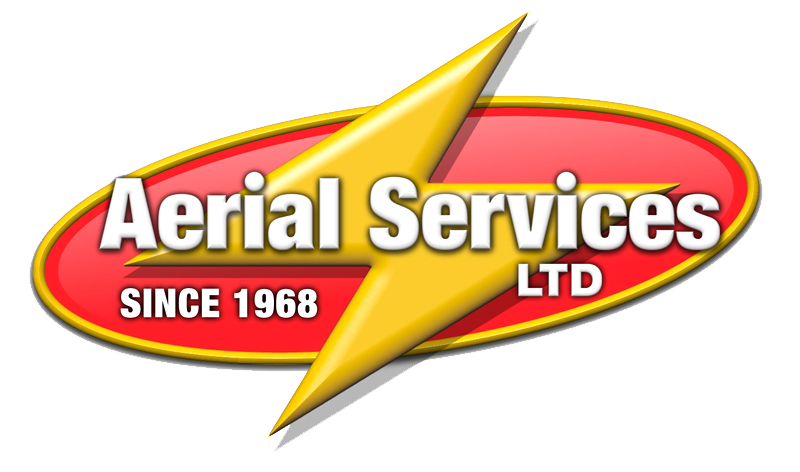The vast majority of households have a TV but not all people access the same shows and channels in the same way. Some may be using cable TV, an option that requires a monthly or yearly subscription to a cable TV provider. In addition, there are people that use dishes and antennas like Satellite TV or DirecTV.

Satellite dishes and aerials don’t work in the same way. They use different methods to get programming on a TV. For instance, aerials pick up special radio waves emitted by television stations. The type of waves that will be received and the range is closely related to the aerial. On the other hand, satellite TV picks up radio signals from satellites located in the orbit. So, broadcasters are directing their signals into the orbit, the satellite receives them and reflects them back to our planet where our satellite dishes receive them. In order to turn these waves into programming, we need decoder boxes. Let’s have a quick look at what you should know before buying a TV aerial or a satellite dish.
First of all, satellite dishes can receive a signal from satellites and the decoders are used for decoding the signal. Aerials can pick up two kinds of signals – UHF (Ultra high frequency) and VHF (Very high frequency) – they can receive either just one of these signals, a combination of these signals and HD signals.
All the programming that you can receive with an aerial is completely free. This is the reason why users have access to a relatively small number of channels compared to satellite or cable. Satellite dish and similar cable companies make a profit from monthly or yearly subscriptions and of course, you will have many more channels and far more choice if you select this option.
Finally, the cost of satellite dishes and aerials are different with aerials clearly being cheaper. The same goes for the installation process – it’s much simpler to install an aerial compared to a satellite dish.
For more advice about aerials and satellite dishes, please contact us now.










